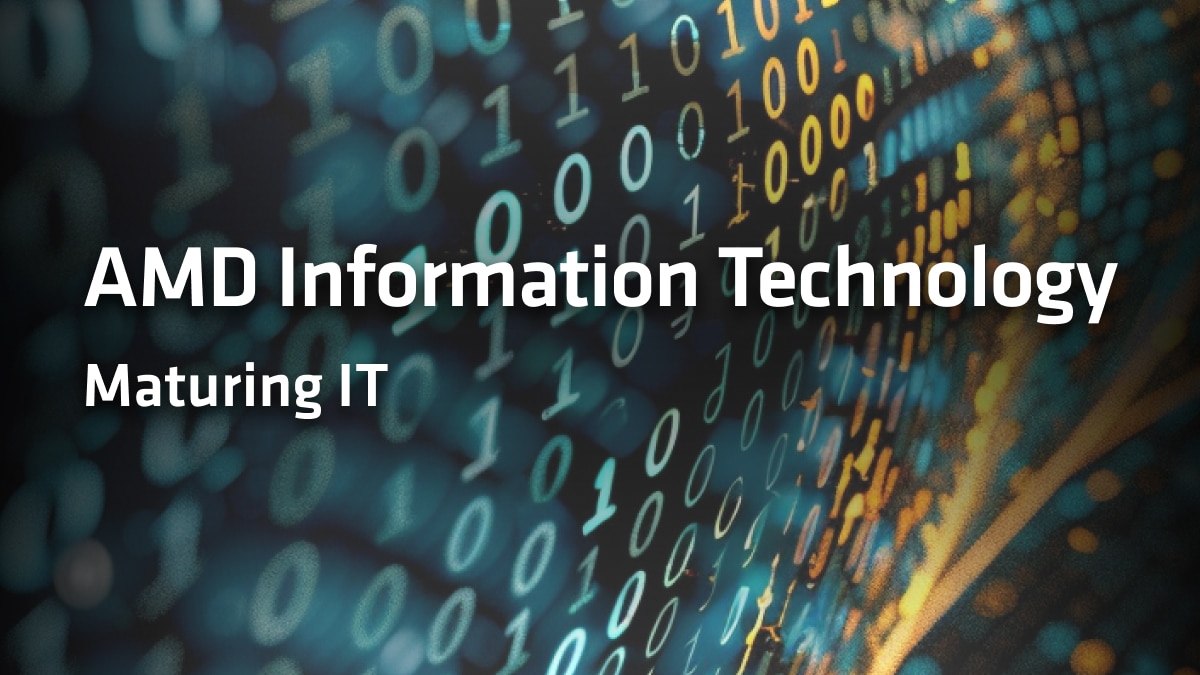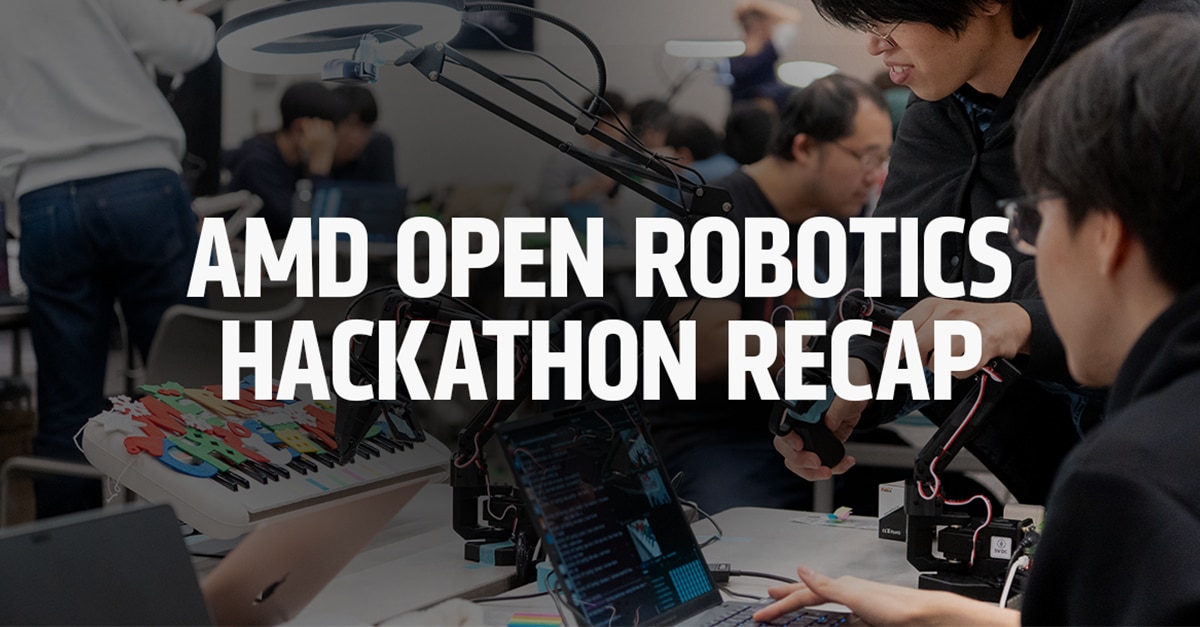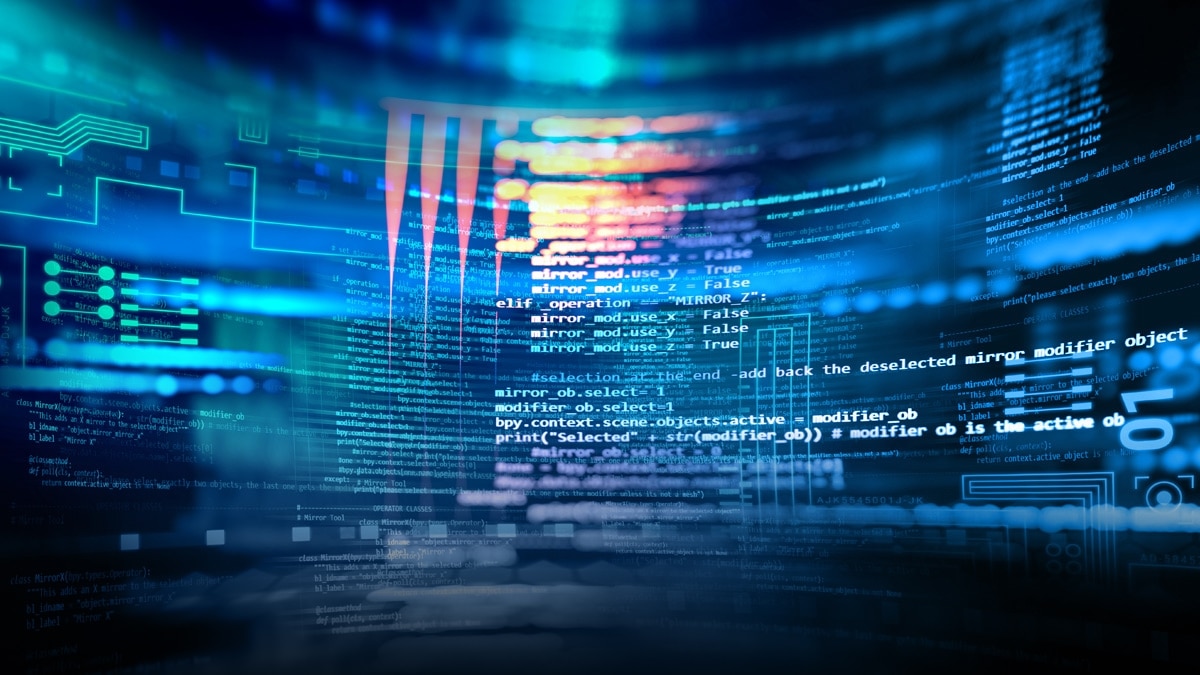Future-Ready IT – AMD Smart Laptop Refresh Strategy Powers Productivity and Efficiency
Jul 25, 2025

At AMD, our mission is clear: empower our workforce with the right technology at the right time—maximizing performance, minimizing waste, and protecting our investments. Our approach to laptop lifecycle management is more than just a refresh schedule—it’s a data-driven strategy that aligns IT operations with business agility.
A Smarter Way to Refresh
Traditional refresh cycles often rely solely on device age. At AMD, age is just the starting point. We go further—leveraging endpoint telemetry to assess real-world usage, performance bottlenecks, and evolving user needs. This allows us to:
- Identify users who are underutilizing high-performance systems—unlocking potential OpEx savings.
- Prioritize upgrades for employees whose roles have expanded and now require more compute power.
- Make intelligent, targeted refresh decisions that balance cost, performance, and productivity.
What the Data Tells Us
By embracing a smarter, telemetry-informed refresh strategy, AMD cut its monthly Blue Screen of Death (BSOD) metric by half in just 12 months. Instead of relying solely on device age, we used real-time endpoint data to identify systems that are most at risk—prioritizing refreshes for users experiencing instability or performance degradation. This targeted approach not only improved user satisfaction and productivity but also validated our belief that intelligent lifecycle management is a strategic IT advantage.
In addition to enhancing productivity and efficiency, our laptop refresh strategy also prioritizes sustainability. By leveraging real-time telemetry data, we help ensure that devices are utilized to their fullest potential before being replaced, reducing electronic waste. This approach not only supports our environmental goals but also aligns with the growing interest of CIOs and IT Infrastructure VPs in sustainable IT practices.
Centralized Procurement, Decentralized Insight
Our centralized procurement model enables consistency, cost control, and streamlined support. But it’s our decentralized insight—powered by telemetry—that makes it intelligent. We’re not just buying laptops; we’re investing in user experience and business outcomes.
Collaboration Starts Early
We believe in “drinking our own champagne.” That means testing AMD hardware, drivers, and software internally—early and often—in real enterprise contexts that are full of infrastructure and security complexities—before they reach our customers. This tight feedback loop between IT, product, and engineering promotes quality, performance, and trust.
Future-Readying with AI and Partnerships
As AI becomes embedded in enterprise workflows, our collaborations with independent software vendors (ISVs) and hardware vendors are more critical than ever. AMD Ryzen™ systems equipped with dedicated NPUs (Neural Processing Units) are already transforming user experiences—enabling fast boot times, seamless multitasking, and efficient local AI processing without relying on the cloud. These industry-defining NPUs are designed to accelerate AI workloads directly on the device, unlocking new levels of responsiveness and privacy. And we’re just getting started.
The Bottom Line
At AMD, laptop lifecycle management isn’t just an IT function—it’s a strategic lever. Combined with our commitment to sustainability, we are working to minimize electronic waste and promote environmentally responsible practices for this generation, and for future ones. By combining centralized procurement, real-time telemetry, and a forward-looking refresh strategy, we’re delivering the right tools to the right people—at the right time.
Want to dive deeper?
Visit us at https://www.amd.com/amdit for more insights and updates.









